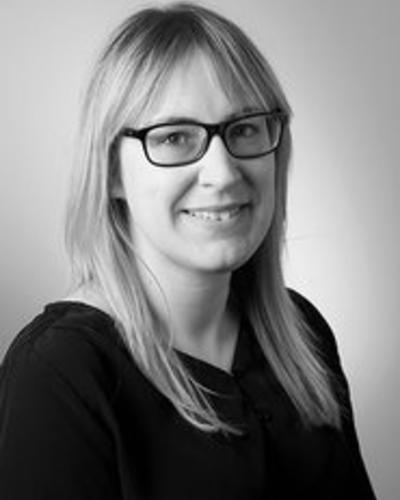Recently, the IMER junior scholar network invited Marry-Anne Karlsen (picture below) to give a seminar over Zoom about the future career opportunities for migration scholars after Ph.D. Marry-Anne is a postdoctoral researcher at the Center for Women’s and Gender Studies (SKOK – University of Bergen), as well as leader of IMER (senior network). In this seminar she focused primarily on the options of staying within academia since that is what she has most experience with.

Marry-Anne explained that in recent years it has become more difficult in general to secure a permanent position at Universities after PhD and even after postdoc. Despite this, the possibilities to obtain (external) funding for research on issues related to migration have more recently started to increase.
Opportunities after a PhD:
Marry-Anne mentioned that there are primarily two options for an academic career. These are either to work towards a position at a university as associate professor or as a researcher at a research institute or at a university. These are not mutually incompatible, one can start as a researcher and then become associate professor. However, it is important to bear in mind that for an associate professor position teaching experience is required. On the other hand, as a researcher you have to prove yourself by applying for funding. This kind of position is generally more insecure than an associate professor position as it relies on continued external funding.
A postdoctoral fellowship is often a first step for an academic career. These can be between 2 and 4 years. Something to bear in mind is that it is only possible to do one postdoc per institution. However, it is (still) possible to do more than one postdoc but at different institutions. There is a new law proposition suggesting limiting the possibilities to one postdoc in total.
There is a difference between doing a two-year versus a four-year postdoc, that is worth keeping in mind. A two-year postdoc generally does not include teaching/administrative tasks. This is important to pay attention to since teaching is necessary in order to qualify for a position as associate professor. For such a position it is also important to acquire experience in supervision (master students and PhD candidates). Usually a University-financed postdoc is four years with one year dedicated to teaching/supervising. Postdoc positions that are funded through the Norwegian Research Council, Horizon 2020 or Marie Curie are often two or three years and although they may include some administrative tasks, they do generally not include teaching.
To apply for a postdoc position, you need to have submitted a PhD thesis (monograph or article-based). It can be an advantage to have more academic publications as you might be competing with others that may already have done a postdoc and therefore have more publications in total.
Funding:
Marry-Anne also spent some time explaining the process and options for securing funding after PhD. She mentioned that the most attractive option is generally to get a postdoc of four years at a university, as these include teaching. However, these are quite competitive as they are open to different fields. A position connected to a Norwegian Research Council-funded project on migration (such as the WAIT-project which Marry-Anne herself and IMER junior scholar Kari Anne Drangsland are part of) are more limited in scope, and therefore might have fewer relevant applicants.
It is important to work on expanding one’s network with more established researchers as many funding options require a project that is led by an established researcher and a larger team for it to receive funding. Contacting a researcher that works on similar topics and propose working together on a project proposal is usually valued positively. The Marie Curie Fellowship Programme is an option where one can apply for external funding individually (without a team).
When applying for funding, it is beneficial that the project is relevant to the call and fulfill the strategic criteria as this offers higher chances of obtaining funding. However, sometimes it may also feel like a lottery.
Funding sources:
- Norwegian Research Council (Research projects, not individual Grant. One deadline a year usually in May). Several relevant programmes:VAM (Velferd, arbeidsliv og migrasjon), SAMKUL, FRIPRO, Researcher Project for Young Talents – Various programmes within health also include migration as a theme
- EU funding including Marie Curie Individual Fellowships, and ERC’s funding for excellent early career researchers
- Trond Mohn Foundation -Starting Grant for early career researchers
This is a useful website to look at for early career researchers: https://www.forskningsradet.no/en/EUs-framework-programme/Apply-Horizon2020-funding/Planning-your-researcher-career/
We are very grateful to Marry-Anne for sharing her knowledge and experience with us about careers in research. Thank you!
Blog post by Zubia Willmann Robleda and Ann-Cathrine Corrales-Øverlid

Be First to Comment